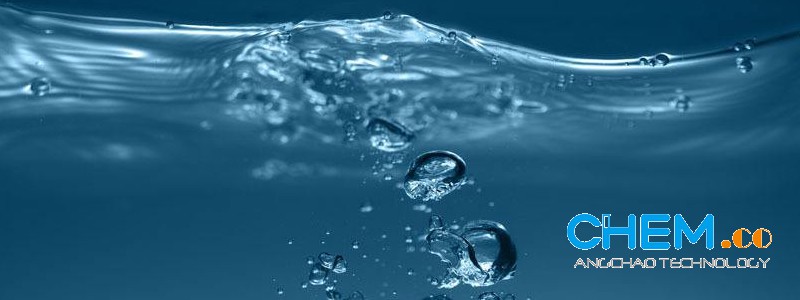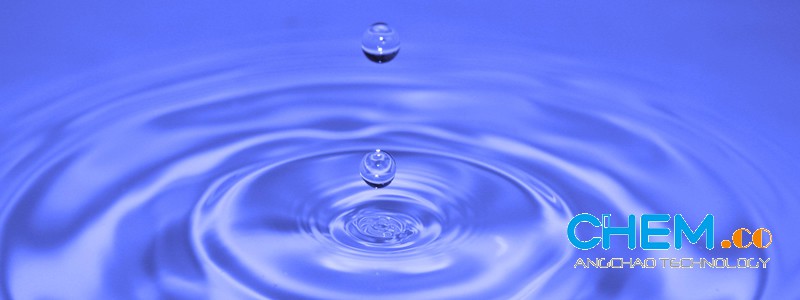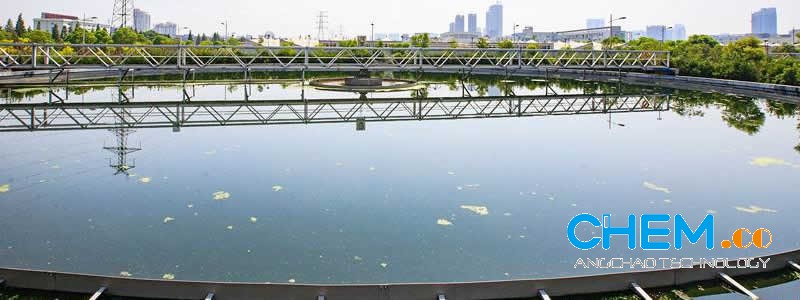
what does polyelectrolytes used for?
Polyelectrolytes have variety of application areas, they are polymers whose repeating units bear an electrolyte group. Polycations and polyanions are polyelectrolytes. These groups dissociate in aqueous solutions (water), making the polymers charged. Polyelectrolyte properties are thus similar to both electrolytes (salts) and polymers (high molecular weight compounds) and are sometimes called polysalts. Like salts, their solutions are electrically conductive. Like polymers, their solutions are often viscous. Charged molecular chains, commonly present in soft matter systems, play a fundamental role in determining structure, stability and the interactions of various molecular assemblies. Theoretical approaches to describing their statistical properties differ profoundly from those of their electrically neutral counterparts, while technological and industrial fields exploit their unique properties. Many biological molecules are polyelectrolytes. For instance, polypeptides, glycosaminoglycans, and DNA are polyelectrolytes. Both natural and synthetic polyelectrolytes are used in a variety of industries.
Applications
Polyelectrolytes have many applications, mostly related to modifying flow and stability properties of aqueous solutions and gels. For instance, they can be used to destabilize a colloidal suspension and to initiate flocculation (precipitation). They can also be used to impart a surface charge to neutral particles, enabling them to be dispersed in aqueous solution. They are thus often used as thickeners, emulsifiers, conditioners, clarifying agents, and even drag reducers. They are used in water treatment and for oil recovery. Many soaps, shampoos, and cosmetics incorporate polyelectrolytes. Furthermore, they are added to many foods and to concrete mixtures (superplasticizer). Some of the polyelectrolytes that appear on food labels are pectin, carrageenan, alginates, and carboxymethyl cellulose. All but the last are of natural origin. Finally, they are used in a variety of materials, including cement.
Because some of them are water-soluble, they are also investigated for biochemical and medical applications. There is currently much research in using biocompatible polyelectrolytes for implant coatings, for controlled drug release, and other applications. Thus, recently, the biocompatible and biodegradable macroporous material composed of polyelectrolyte complex was described, where the material exhibited excellent proliferation of mammalian cells and muscle like soft actuators.
Multilayers
Polyelectrolytes have been used in the formation of new types of materials known as polyelectrolyte multilayers (PEMs). These thin films are constructed using a layer-by-layer (LbL) deposition technique. During LbL deposition, a suitable growth substrate (usually charged) is dipped back and forth between dilute baths of positively and negatively charged polyelectrolyte solutions. During each dip a small amount of polyelectrolyte is adsorbed and the surface charge is reversed, allowing the gradual and controlled build-up of electrostatically cross-linked films of polycation-polyanion layers. Scientists have demonstrated thickness control of such films down to the single-nanometer scale. LbL films can also be constructed by substituting charged species such as nanoparticles or clay platelets in place of or in addition to one of the polyelectrolytes. LbL deposition has also been accomplished using hydrogen bonding instead of electrostatics. For more information on multilayer creation please see polyelectrolyte adsorption.
An LbL formation of PEM (PSS-PAH (poly(allylamine) hydrochloride)) on a gold substrate can be seen in the Figure. The formation is measured using Multi-Parametric Surface Plasmon Resonance to determine adsorption kinetics, layer thickness and optical density.
The main benefits to PEM coatings are the ability to conformably coat objects (that is, the technique is not limited to coating flat objects), the environmental benefits of using water-based processes, reasonable costs, and the utilization of the particular chemical properties of the film for further modification, such as the synthesis of metal or semiconductor nanoparticles, or porosity phase transitions to create anti-reflective coatings, optical shutters, and superhydrophobic coatings.
Bridging
If polyelectrolyte chains are added to a system of charged macroions (i.e. an array of DNA molecules), an interesting phenomenon called the polyelectrolyte bridging might occur. The term bridging interactions is usually applied to the situation where a single polyelectrolyte chain can adsorb to two (or more) oppositely charged macroions (e.g. DNA molecule) thus establishing molecular bridges and, via its connectivity, mediate attractive interactions between them.
At small macroion separations, the chain is squeezed in between the macroions and electrostatic effects in the system are completely dominated by steric effects – the system is effectively discharged. As we increase the macroion separation, we simultaneously stretch the polyelectrolyte chain adsorbed to them. The stretching of the chain gives rise to the above-mentioned attractive interactions due to chain's rubber elasticity.
Because of its connectivity the behaviour of the polyelectrolyte chain bears almost no resemblance to the case of confined unconnected ions.
Polyacid
In polymer terminology, a polyacid is a polyelectrolyte composed of macromolecules containing acid groups on a substantial fraction of the constitutional units. Most commonly, the acid groups are –COOH, –SO3H, or –PO3H2.
For more information or Inquiry about Polyelectrolyte products that Angchao Tech supplying(PolyDADMAC, PolyDADMAC/AM series), please contact us :TIAN@CHEM.NET
 Previous
Previous  Next
Next Get answers and advice from people you want it from.